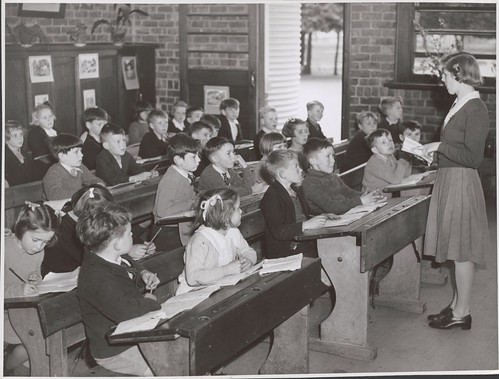After our health and wellbeing workshop, we looked at food and health and how important it is to explore with children – as it affects everyone’s lives. After watching the ‘Sugarcrash’ documentary, I was shocked at the amount of hidden sugar in the foods I am eating. I try to be as healthy as possible, but sweet treats always sneak in. I can now say I am no longer putting low fat yogurts in my trolley when shopping!
As professionals, we need to give our children an understanding of what a healthy and balanced diet is. What we eat affects our future, in both positive and negative ways, and we want each child to have the best future possible.
LESSON IDEAS
Class of primary 6/7
By applying my knowledge and understanding of current healthy eating advice, I can contribute to a healthy eating plan. HWB 2-30a
By investigating food labelling systems I can begin to understand to use them to make healthy food choices. HWB 2-36a
Lesson 1
L.I. – We are learning to understand the 5 nutrient groups and what foods come underneath these groups.
We are gaining an understanding of what food is healthy and what food should be eaten in moderation.
S.C. – I can list some food items which come under certain nutrient groups – e.g. carbohydrates, proteins, vitamins/minerals, calcium and fats.
I am beginning to understand what foods are healthy for me and what I should not eat all of the time.
I am able to create an eye-catching and informational poster about a certain food group.
Resources: Print outs for each table of a blank eat well plate, cut outs of different foods. A eat well plate (full) to show after the first task. Computer for video.
Starter – 10 minutes.
Youtube clip explaining each section of the groups.
https://www.youtube.com/watch?v=YimuIdEZSNY
After video – Can you name any foods that would be classed under fats? Carbohydrates? Vitamins/minerals? Calcium? Proteins?
What groups do you think are good for you and why? What groups should we eat less of? Why? Where does water come under this? Discuss these questions with a partner, then discuss with class.
Main body – Match game. 10 minutes
A blank get well plate on each table with a bundle of different pictures of foods. The children are to place the foods in the different sections of the plate – discussing with the table why a certain food shall go where. A full plate will be handed out once finished to compare. Discuss with class certain foods in groups – why did you put that in that group?
Poster in tables – 30 minutes to create.
A specific food group for each of the 5 tables. An informational poster that is eye-catching and colourful. Success criteria for poster – I can work collaboratively in a group to create an information poster. It includes colourful pictures, facts about certain foods and a food group and what effect this food group has on your body.
If no time to present – after lunch? Next day? Next Food and health lesson at start?
End of lesson – Class discussion. What foods are good for us? Can you give examples? What types of food should we have in moderation? Why can we not eat them all of the time? Examples of your favourite foods in the vitamins/mineral’s category, etc.
Lesson 2
L.I – We are learning to understand the contents of our food.
We are beginning to understand what the different contents on the labels mean for our diet and our health.
We are going to construct a pie chart, and divide each content of the food. We will add up percentages to do so.
S.C – We are beginning to understand the contents of food and what the percentages mean.
We can distinguish what are healthy foods and what are not.
We can lay out the information from food nutrients in a pie chart.
We can work as a group to create a pie chart. (Cross-curricular for maths)
Resources – Food packaging, A3 paper, example of pie chart?
Starter – Recap for lesson 1 – 10 minute discussion
What we class as healthy and unhealthy foods? What did we all have for breakfast/break/lunch? Was it a healthy choice? Do we remember what carbohydrates do to our bodies, etc.
15 minute – Looking at packaging of food. What do the labels mean? Why are they red, orange, green, etc. Task to put in order of healthiest to unhealthiest. Why is this at the top?
30 minute – Pie chart task
In groups of 3/4 (able children and children who may struggle mixed) children to make 2 pie charts from packaging. One for healthier option and one unhealthy food. Divide each food part (e.g. sugar, salt, saturated fats, calories, etc.) and draw a pie chart to represent each area of food content.
6/7 min recap of lesson – Why should we look at labels of food and explore the contents? What do they mean? Discuss with shoulder partner(s).


